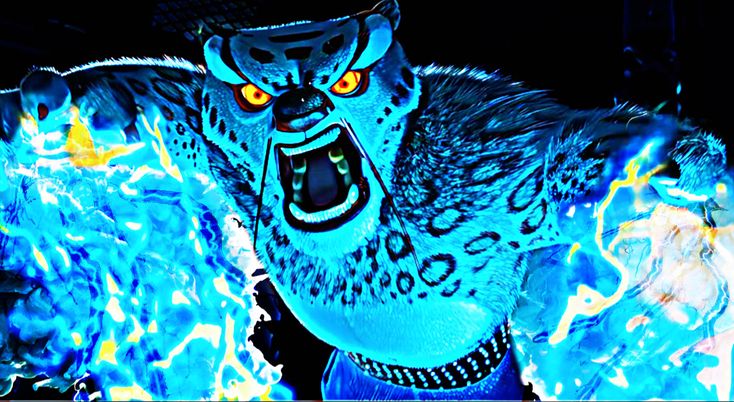Tai Lung

In the rich tapestry of animated cinema, certain characters stand out not only for their memorable designs but also for their depth and complexity. Tai Lung, the primary antagonist of DreamWorks Animation’s “Kung Fu Panda,” is one such character. Portrayed as a formidable warrior with a tragic backstory, Tai Lung transcends the typical villain archetype, leaving a lasting impression on audiences. Through his journey, Tai Lung offers insights into themes of ambition, betrayal, and redemption, making him a compelling figure to explore.
At first glance, Tai Lung appears as the quintessential antagonist—a powerful and ruthless snow leopard with a thirst for power. Raised by Master Shifu, the red panda kung fu master, Tai Lung was initially groomed to become the Dragon Warrior, a legendary figure prophesied to bring peace to the Valley of Peace. However, when the title is bestowed upon the bumbling panda, Po, Tai Lung’s sense of entitlement transforms into bitterness and resentment. This pivotal moment sets the stage for Tai Lung’s descent into darkness.
One of Tai Lung’s defining characteristics is his unwavering belief in his own destiny. Having trained tirelessly under Master Shifu’s tutelage, he sees himself as the rightful heir to the title of Dragon Warrior. His ambition is fueled by a desire for recognition and validation, driving him to extreme lengths to prove his worthiness. This relentless pursuit of power blinds him to the consequences of his actions, leading him down a path of destruction.
However, Tai Lung’s villainy is not one-dimensional. Beneath his imposing exterior lies a complex emotional landscape shaped by his past experiences. As an orphaned cub, Tai Lung was taken in and raised by Master Shifu, who saw potential in his natural talent for kung fu. Yet, despite his mentor’s best efforts, Tai Lung’s thirst for greatness becomes intertwined with feelings of abandonment and betrayal. This inner turmoil adds depth to his character, humanizing him in the eyes of the audience.
Furthermore, Tai Lung’s motivations are driven by more than just a thirst for power. His desire for recognition stems from a deep-seated need for love and acceptance. Rejected by Master Shifu and denied the title he believes is rightfully his, Tai Lung’s sense of identity becomes fractured, leading him to seek validation through conquest. His quest to prove himself becomes a tragic cycle of self-destruction, as he becomes consumed by his own inner demons.
Despite his villainous actions, Tai Lung’s character is not devoid of sympathy. His tragic backstory invites viewers to empathize with his struggles, blurring the lines between hero and villain. This complexity is further amplified by his interactions with other characters, particularly Master Shifu and Po. While Tai Lung’s relationship with Master Shifu is fraught with tension and betrayal, his dynamic with Po offers moments of introspection and redemption.
One of the most poignant scenes in “Kung Fu Panda” occurs during Tai Lung’s final confrontation with Po. As the two warriors face off in a climactic battle, Tai Lung is forced to confront the consequences of his actions. In a moment of vulnerability, he admits that his quest for power has left him empty and alone. It is a rare glimpse into the fractured soul of a character who has spent his life searching for meaning and purpose.
In the end, Tai Lung’s story serves as a cautionary tale about the dangers of unchecked ambition and the importance of forgiveness and redemption. While he may be remembered as a fierce adversary, his legacy extends beyond mere villainy. Tai Lung challenges audiences to confront their own inner demons and reminds us that true strength lies not in power, but in compassion and humility.
Conclusion
Tai Lung stands as one of the most compelling villains in animated cinema. From his tragic backstory to his complex motivations, he defies traditional villain archetypes, leaving a lasting impact on audiences. Through his journey, Tai Lung forces viewers to confront themes of ambition, betrayal, and redemption, ultimately reminding us of the power of empathy and forgiveness. As we reflect on his character, we are reminded that even the most fearsome adversaries are capable of redemption, making Tai Lung a timeless and unforgettable figure in the world of animation.






